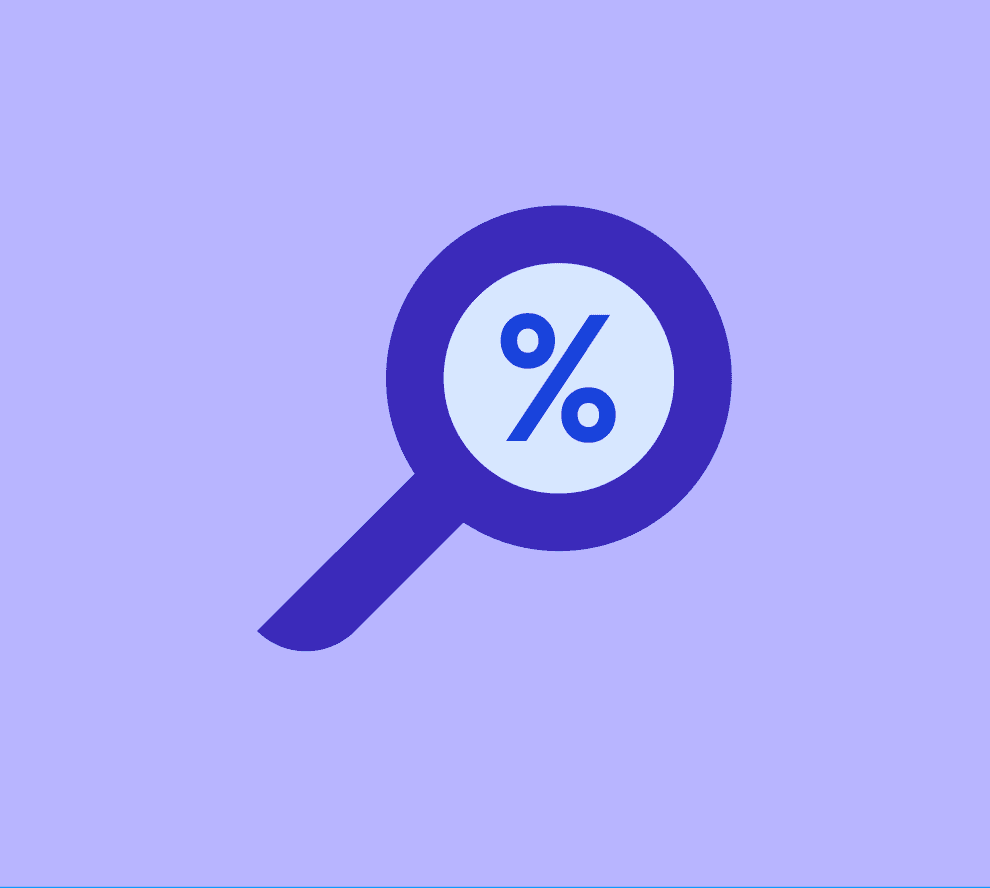Contrary to popular belief, not all debt is necessarily bad for a small business. In fact, taking on some debt can help finance your growth and expansion. However, as a business owner, you must understand the debt-to-income ratio and how it can affect your business.
What is a debt-to-income ratio?
The debt-to-income ratio (DTI) is a calculation that compares your business’ total monthly debt payments to your gross monthly income. It’s an essential indicator of your business’ financial health and ability to take on additional debt.
How to calculate your business’ debt-to-income ratio
To calculate your business’ DTI ratio, add up all of your monthly debt payments (including loans, credit card payments, and lease payments). Then divide that number by your gross monthly income—also known as gross monthly earnings or gross monthly profits. Gross monthly profits equal your company’s monthly revenue minus the cost of selling goods and services (cost of goods sold, or COGS).
Your gross monthly earnings typically don’t include fixed charges, nor do they include taxes you or your business owe on those earnings.The result is your DTI ratio.
Here’s an example of a debt to income ratio:
- Gross monthly profits: $50,000
- Total loan repayments: $10,500
- DTI ratio: ($10,500 / $50,000) X 100 = 21%
What’s a good debt-to-income ratio?
Generally, a small business’ DTI ratio should be lower than 50%, especially if you’re planning to apply for a loan. That debt threshold ensures that less than half of your corporate profits are devoted to repaying debt. To maximize your chances of getting approved for a business loan, you should try to maintain a DTI ratio of 36% or less—the lower the better.
A DTI ratio of 36% or lower is considered healthy for a small business, as long as mortgage or rent payments constitute 28% or more of that debt, according to the Consumer Financial Protection Bureau. However, this can vary depending on the industry you’re in and your business’ financial circumstances.
A higher DTI ratio may not necessarily be a cause for alarm if your company maintains robust cash flow and can make its debt payments on time. On the other hand, a DTI ratio that is too high can indicate that your business is over-leveraged and may struggle to pay its monthly debt bills.
If your business has a high DTI ratio, consider paying off some of your debt or finding ways to increase your income. Steps include reducing expenses, increasing sales, or finding new sources of revenue. Additionally, if your business has an acceptable amount of debt and good business credit, you can use a business line of credit to power your growth.
Debt-to-EBITDA ratio
Before discussing the debt-to-EBITDA ratio, it’s important to understand EBITDA, or earnings before interest, taxes, depreciation, and amortization. EBITDA measures your company’s operating performance, excluding non-operating expenses like interest and taxes. This metric is a common yardstick for evaluating a company’s financial health and profitability.
The debt-to-EBITDA ratio is a financial ratio that calculates your company’s ability to pay off its debt. The ratio is determined by dividing your business’ total debt by its EBITDA. Lenders and investors use this ratio to determine creditworthiness and financial risk.
How is debt-to-EBITDA ratio different from DTI?
The debt-to-EBITDA ratio differs from the debt-to-income ratio in one major way: EBITDA excludes non-operating expenses such as interest and taxes, while DTI includes all monthly debt payments.
Ways to pay off business debt
Small business owners can employ several strategies to pay off their debts. Two popular methods are the debt snowball and avalanche methods.
Debt snowball method: This method focuses on paying off the smallest debt first while making minimum payments on all other debts. Once the smallest debt is paid off, you move on to the next smallest debt, and so on. This method can be motivating because you see progress quickly as smaller debts are paid off, and, in turn, helps keep you motivated to continue paying off larger debts.
Debt avalanche method: This method involves focusing on paying off the debt with the highest interest rate first while making minimum payments on all other debts. Once the highest-interest debt is paid off, then you tackle the next highest-interest debt, and so on. This method can be more financially efficient in the long run because you’re paying off the debts carrying the highest interest.
Other strategies to pay off business debt
- Negotiating with vendors or lenders for better payment terms
- Increasing revenue through new sales or marketing efforts
- Reducing expenses to free up more cash flow to put toward debt payments
Understanding and managing your business’ debt-to-income ratio can help you make informed financial decisions and manage risk. Additionally, implementing a debt payoff strategy like the debt snowball or avalanche method can help you pay off your debts and achieve financial stability.
